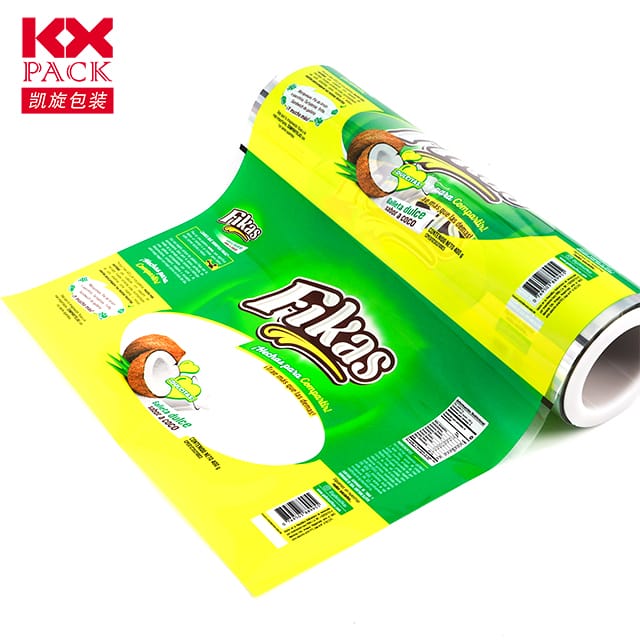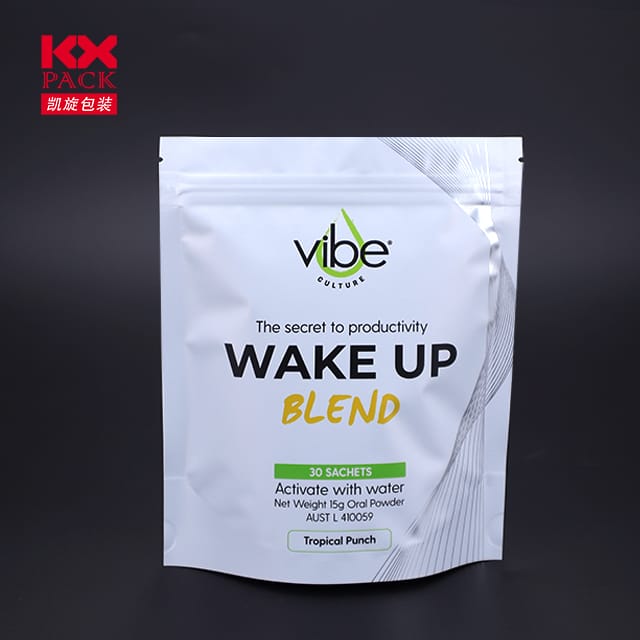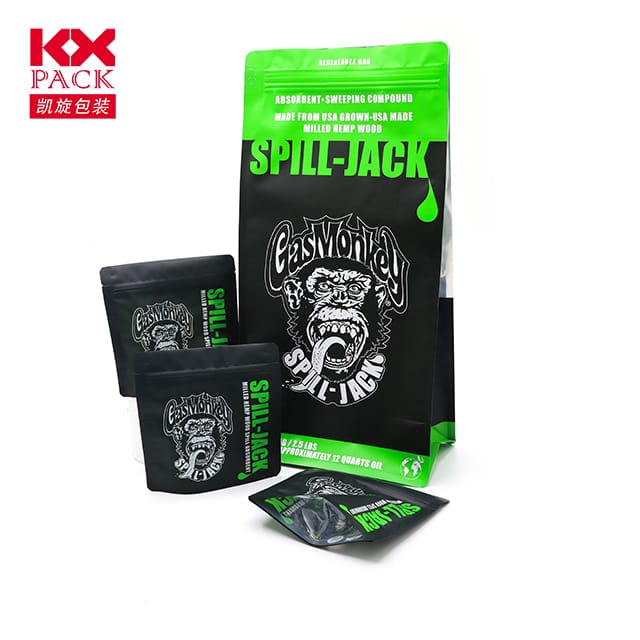The Role and Evolution of Plastic Film Packaging: Balancing Functionality and Sustainability
Plastic Film Packaging
Plastic film packaging has long been a cornerstone of modern consumer goods, food, and industrial sectors. Uning ko'p qirraliligi, iqtisodiy samaradorlik, and ability to preserve product freshness have made it indispensable. Biroq, Atrof-muhitga bog'liq bo'lganidek, manufacturers and consumers alike are reevaluating its role. Let’s explore the dynamics of plastic film packaging, its challenges, and its sustainable future.
Why Plastic Film Packaging Dominates the Market
Plastik filmlar, shu jumladan polietilen (PE), polipropilen (PP), va polivinil xlorid (Pvc), are favored for several reasons:
- Protection and Preservation: These films act as barriers against moisture, kislorod, va ifloslantiruvchi moddalar, extending the shelf life of perishable goods like food, Farmatsevtika vositalari, va elektronika.
- Lightweight and Flexible: Their malleability allows for custom shapes and sizes, reducing material waste and shipping costs.
- Narxlarning samaradorligi: Compared to alternatives like glass or metal, plastic films are cheaper to produce and transport, making them ideal for mass-market products.
- Transparency and Printability: Clear films showcase products, while printed designs enhance branding and consumer appeal.
Environmental Challenges and Industry Responses
Despite its advantages, plastic film packaging faces severe criticism due to its environmental impact:
- Single-Use Waste: A significant portion of plastic films ends up in landfills or oceans, ifloslanishga hissa qo'shish va yovvoyi hayotga zarar etkazish.
- Qayta ishlashda shoshilinch to'siqlar: Many plastic films are difficult to recycle due to contamination, mixed materials, or lack of infrastructure.
In response, the industry is pivoting towardsustainable alternatives:
- Biodegorda va kompostsion plyonkalar: Innovations include plant-based polymers (E.G., PLA from corn starch) and oxo-biodegradable additives that accelerate breakdown in natural environments.
- Qayta ishlangan tarkib: Manufacturers are incorporating post-consumer recycled (Pakal) materials into films, reducing reliance on virgin plastics.
- Reusable Packaging Systems: Brands are experimenting with refillable containers and return-and-reuse models to minimize single-use waste.
- Advanxik qayta ishlash texnologiyalari: Chemical recycling methods, such as pyrolysis, are being explored to transform mixed plastics into reusable raw materials.
Industry Trends Shaping the Future
- Regulatory Pressures: Governments worldwide are imposing stricter rules on plastic use. Masalan, the EU’s Single-Use Plastics Directive bans certain non-recyclable items, pushing companies to innovate.
- Consumer Demand for Eco-Friendly Options: Surveys show that 70% of consumers are willing to pay more for sustainable packaging, driving brands to adopt greener solutions.
- Dumaloq iqtisodiyot tashabbuslari: Leading companies are investing in closed-loop systems where packaging is collected, qayta ishlangan, and repurposed endlessly.
- Technological Advancements:
- Barrier Coatings: Nanotechnology-enhanced films improve oxygen and moisture resistance, reducing the need for thick, multi-layer packaging.
- Eshitiladigan filmlar: Dengizweed yoki kraxmaldan qilingan, these biodegradable coatings are gaining traction in the food industry.
Case Study: Success in Sustainable Packaging
TakeLoop, a global reusable packaging platform partnering with brands like Unilever and Nestlé. Customers receive products in durable, reusable containers, which are collected, tozalamoq, va to'ldirildi. This model reduces plastic waste by up to 90% compared to single-use packaging.
Xuddi shunday, Apeel Sciences has developed an edible, plant-based coating that extends the shelf life of fruits and vegetables, reducing the need for plastic wraps.
The Path Forward: Collaboration and Innovation
Achieving a sustainable future for plastic film packaging requires collective effort:
- Industry Collaboration: Ishlab chiqaruvchilar, chakana sotuvchilar, and recyclers must work together to standardize recycling processes and invest in infrastructure.
- Iste'mol o'qituvchisi: Raising awareness about proper disposal and recycling habits is critical.
- Siyosatni qo'llab-quvvatlash: Governments should incentivize sustainable practices through tax breaks or grants for R&D.
Xulosa
Plastic film packaging is at a crossroads. While its functionality remains unmatched, the industry must prioritize sustainability to survive. Biologik parchalanadigan materiallarni qabul qilish orqali, circular economy models, and innovative technologies, manufacturers can reduce their environmental footprint without compromising quality or cost-efficiency.
The question is no longerwhether to use plastic film packaging, buthow to use it responsibly. The future belongs to those who balance innovation with eco-consciousness.
What steps do you think brands should take to make plastic film packaging more sustainable? Sharhlarda muhokama qilaylik! 🌍📦
Kalit so'zlar: plastic film packaging, barqarorlik, biologik parchalanadigan, dumaloq iqtisodiyot, qayta ishlash, innovation.






